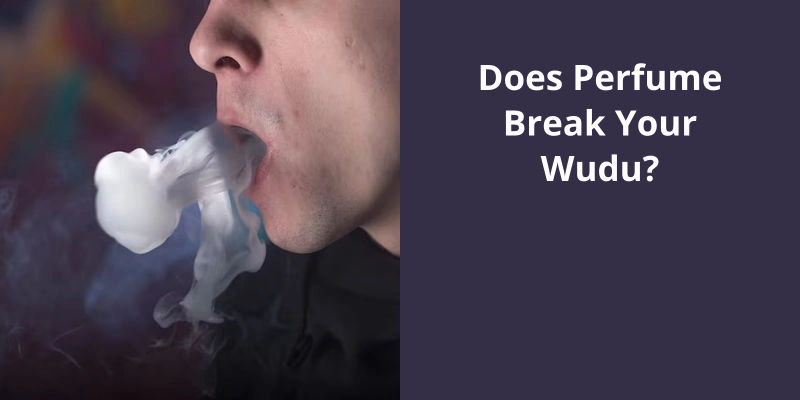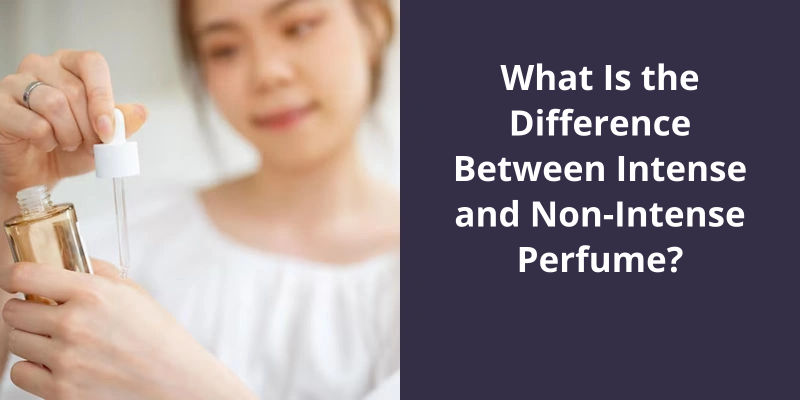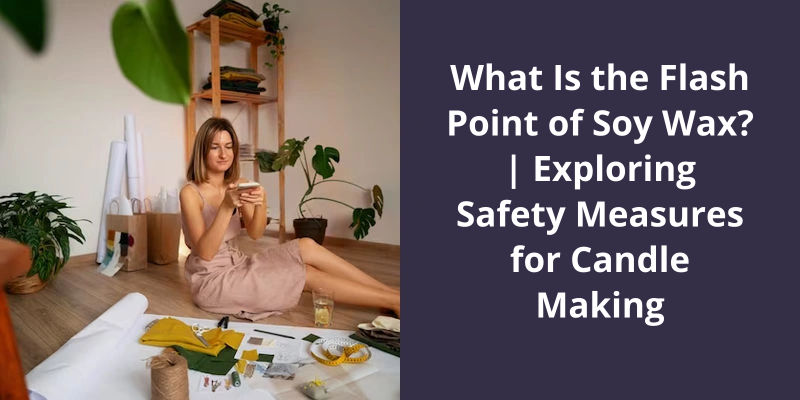The ingredients required for this aromatic endeavor include 2 tablespoons of a carrier oil such as sweet almond, coconut, or jojoba, 6 tablespoons of 100-proof alcohol, 2.5 tablespoons of bottled water, and 30 drops of essential oils. These essential oils can be a combination of top notes, middle notes, and base notes, with 9 drops of top notes, 15 drops of middle notes, and 6 drops of base notes. Additionally, you’ll need a coffee filter, a small funnel, and two clean dark-glass bottles with airtight lids to store your fragrance creations. With these ingredients and tools at hand, you’re ready to immerse yourself in the art of fragrance creation.

How Can I Make My Own Fragrance at Home?
Making your own fragrance at home can be a fun and creative process that allows you to customize a scent that’s unique to you. With just a few simple ingredients and some essential oils, you can create a personalized perfume that reflects your individual style and personality.
One popular DIY perfume recipe involves using essential oils as the main ingredients. To start, you’ll need a carrier oil, such as grapeseed, jojoba, or sweet almond oil, which will act as the base for your fragrance. This oil helps to dilute the essential oils and allows them to be easily spread and absorbed on the skin.
Next, you’ll need some high-proof vodka, which acts as a preservative for your fragrance. This alcohol helps to inhibit the growth of bacteria and ensure that your perfume stays fresh for a longer period of time. Additionally, you’ll need some bottled water to further dilute the mixture and create a balanced scent.
The essential oils are the key to creating your desired fragrance. You’ll need to choose a combination of top, middle, and base notes to create a well-rounded scent. The top notes are the first ones you’ll smell, and they typically consist of lighter, more volatile oils such as citrus or floral scents. The middle notes come next and add depth and complexity to the fragrance, while the base notes are the ones that linger the longest and provide a solid foundation for the scent.
To make your DIY perfume, simply mix the carrier oil, vodka, and water together in a small bottle or container. Then, add in the essential oils, starting with the top notes and gradually adding the middle and base notes. It’s important to use a small funnel to avoid spillage and ensure accuracy in the measurements.
Once all the ingredients are combined, give the bottle a good shake to blend everything together. Allow the perfume to sit for a few days to allow the scents to meld and intensify. Finally, give it a try and see how you like it. You can always adjust the scent by adding more or less of certain essential oils until you achieve your desired fragrance.
Tips for Choosing the Right Combination of Essential Oils for Your DIY Perfume.
- Start by familiarizing yourself with different essential oil scents.
- Consider the base, middle, and top notes of each oil.
- Experiment with blending different oils together.
- Research the therapeutic properties of each oil and their effects on mood.
- Take note of the intensity and longevity of each oil.
- Consider the season or occasion you’ll be wearing the perfume.
- Try to strike a balance between your favorite scents and complementary oils.
- Keep track of your favorite combinations for future use.
- Don’t be afraid to get creative and try unique oil combinations.
- Remember to dilute essential oils properly before applying to the skin.
- Test your perfume blend on a small area of skin to check for allergies or sensitivities.
However, there’s a simple and cost-effective way to create your own natural perfume using essential oils. By blending different oils together, you can customize a unique scent that suits your preferences. With a little creativity and experimentation, you can enjoy the benefits of a personalized, all-natural fragrance without breaking the bank.
Can You Make Your Own Natural Perfume?
Instead, purchasing high-quality essential oils is the easiest and most efficient way to create your own natural perfume. To make a fragrance, you’ll need a combination of base notes, middle notes, and top notes. Base notes are the foundation of the scent and tend to be heavier and longer-lasting. Essential oils such as sandalwood, patchouli, and vanilla make great base notes.
Middle notes provide depth and balance to the fragrance and tend to be floral or herbal in nature. Lavender, rose, and jasmine essential oils are commonly used as middle notes. Top notes are the first scents that you’ll smell in a perfume and tend to be light and refreshing. Citrus oils like lemon, orange, and bergamot are popular choices for top notes.
In addition to essential oils, you’ll also need a carrier oil, such as jojoba oil or sweet almond oil, to dilute the fragrance and help it last longer on the skin. A small glass bottle or rollerball container is all you need to store and apply your homemade fragrance.
Experiment with different combinations and ratios until you find the perfect blend for your personal preference.
After combining the essential oils, add the carrier oil and shake well to mix everything together. Allow the perfume to sit for a few days to allow the scents to meld and mature before using it. Apply the fragrance to pulse points such as the wrists, neck, and behind the ears for best results.
Remember that making your own natural perfume is a creative process, and you can customize it to your liking. Experiment with different essential oil combinations, adjust the ratios, and even add a touch of natural fixative such as vanilla or benzoin resin if desired. With some time and experimentation, you can create a unique and personalized fragrance that’s entirely natural and free from synthetic chemicals.
How to Choose the Right Combination of Essential Oils for Your Natural Perfume
When creating a natural perfume, choosing the right combination of essential oils is essential. Each essential oil has it’s own unique scent profile, and by combining different oils, you can create a fragrance that’s truly one-of-a-kind.
Start by considering the different fragrance categories – floral, citrus, woody, spicy, and herbal – and determine which scents you prefer. Then, experiment with blending different oils within those categories to find the perfect balance. You may also want to consider the top, middle, and base notes of the oils, as they’ll affect the overall scent and longevity of your perfume.
It’s important to trust your nose and intuition when selecting oils. Take the time to smell each oil individually and see how they interact with one another. Start with small quantities and keep track of the amounts used in each combination so you can recreate your favorite scents later.
Remember, creating a natural perfume is all about personal preference, so don’t be afraid to get creative and try new combinations. With some experimentation and a little patience, you’ll be able to find the perfect combination of essential oils to create a fragrance that’s uniquely yours.
Source: Make Your Own Natural Perfume Blend—Romantic and Fresh …
Creating your own natural perfume at home is a delightful way to indulge in the beauty and fragrance of flowers. By following a few simple steps, you can make a personalized scent without the need for alcohol. Begin by washing the flower petals and soaking them overnight. Then, heat the flower-scented water and carefully strain it using cheesecloth. Finally, bottle your exquisite perfume and enjoy the enchanting scent that nature has to offer.
How to Make Natural Perfume at Home Without Alcohol With Flowers?
To make a natural perfume at home without alcohol using flowers, there are a few simple steps you can follow. The first step is to carefully wash the flowers, ensuring that any dirt or debris is removed. This will help to ensure that the petals are clean and free from any unwanted particles. This will help to concentrate the fragrance of the flowers.
After the petals have been washed, it’s time to soak them overnight. This allows the petals to release their natural oils and fragrance. To do this, simply place the petals in a bowl of water and let them sit overnight. The water will become infused with the scent of the flowers, creating a fragrant base for your perfume.
Next, prepare a cheesecloth by placing it inside a bowl with the edges overlapping the sides of the bowl. This will act as a filter for the flower-scented water, helping to separate the petals from the liquid. Once the cheesecloth is in place, carefully pour the flower-scented water into the bowl, allowing the liquid to strain through the cloth and into the bowl.
Now it’s time to heat the flower-scented water. This step helps to evaporate any excess water and concentrate the fragrance. Simply place the bowl with the flower-scented water over a low heat source, such as a simmering stove or a candle warmer. Allow the water to heat gently until it reduces in volume and the fragrance becomes more concentrated. Be careful not to overheat or boil the mixture, as this can alter the fragrance and potentially damage the natural oils.
Once the flower-scented water has been heated and the fragrance is concentrated to your liking, it’s time to bottle the perfume. Choose a small glass or plastic bottle with a tight-fitting lid to store your homemade fragrance. Carefully pour the perfume into the bottle, using a funnel if necessary to avoid spills. Close the lid tightly to preserve the fragrance and store the perfume in a cool, dark place to help it maintain it’s scent for as long as possible.
Experiment with different types of flowers to create unique and personalized scents that reflect your own taste and preferences. Enjoy the process of creating your own fragrance and revel in the satisfaction of wearing a perfume that’s truly one-of-a-kind.
How to Make Natural Perfume at Home Using Essential Oils
To make a natural perfume at home using essential oils, you’ll need a few key ingredients and tools. Firstly, you’ll need a carrier oil, such as jojoba oil or sweet almond oil, to dilute the essential oils and act as a base for your perfume. You’ll also need a selection of essential oils of your choice, which will serve as the fragrance notes for your perfume.
In addition to the carrier oil and essential oils, you may want to have some optional extras, such as vodka or witch hazel, to help the fragrance blend and last longer. Additionally, you’ll need small glass bottles or rollerball containers to store your perfume.
To make your natural perfume, start by choosing a combination of essential oils that you enjoy and that work well together. You can experiment with different ratios and scents to create your desired fragrance. Add a few drops of your chosen essential oils to the carrier oil, and mix well.
Once you’ve achieved the desired scent, you can add a small amount of vodka or witch hazel to the mixture, which can help the fragrance last longer on the skin. Transfer your perfume to the glass bottles or rollerball containers, and let it sit for a few days to allow the scents to blend together.
Remember, making your own perfume is a creative process, so feel free to experiment and adjust the ingredients to suit your preferences. Enjoy the process of creating your own unique, natural fragrance!
When considering the creation of a fragrance, cost is an important factor. The price of making a perfume can vary greatly, but it generally falls between $20 and $100. This range takes into account the various factors that contribute to the overall cost, such as the quality of ingredients and the materials used. It’s worth noting that creating your own perfume is a cost-effective option compared to buying commercially produced fragrances, which often come with hefty price tags reaching hundreds of dollars.
How Much Does It Cost to Create a Fragrance?
Creating a fragrance requires a combination of artistry and chemistry. The process typically begins with selecting the right ingredients, which can include essential oils, synthetic fragrances, and various aromatic compounds. These ingredients can range in cost, with some being more expensive than others. Essential oils, for example, are often derived from rare and exotic plants, making them more expensive.
These can include alcohol, which serves as the base for the fragrance, as well as water and preservatives. The cost of these materials can also vary, depending on the quality and source.
Once the ingredients and materials are gathered, the actual process of creating the fragrance begins. This involves carefully blending the ingredients together in precise measurements to achieve the desired scent. It can take time and experimentation to find the perfect combination, especially if youre creating a custom fragrance.
The cost of creating a fragrance can also be influenced by other factors, such as the packaging and marketing. If you plan to sell your fragrance commercially, you may need to invest in high-quality packaging materials and design. Additionally, marketing and advertising expenses can add to the overall cost.
Conclusion
The main components include a carrier oil, such as sweet almond, coconut, or jojoba, providing a base for the fragrance. Additionally, 100-proof alcohol and bottled water serve as solvents, aiding in the blending process. The heart of the fragrance lies in carefully chosen essential oils, with a balanced arrangement of top notes, middle notes, and base notes to ensure a well-rounded aroma. The final steps involve using a coffee filter and small funnel to strain and transfer the fragrance into dark-glass bottles, preserving it’s potency and protecting it from sunlight. With these key ingredients and tools, one can embark on a creative journey to craft their own unique signature scent.





